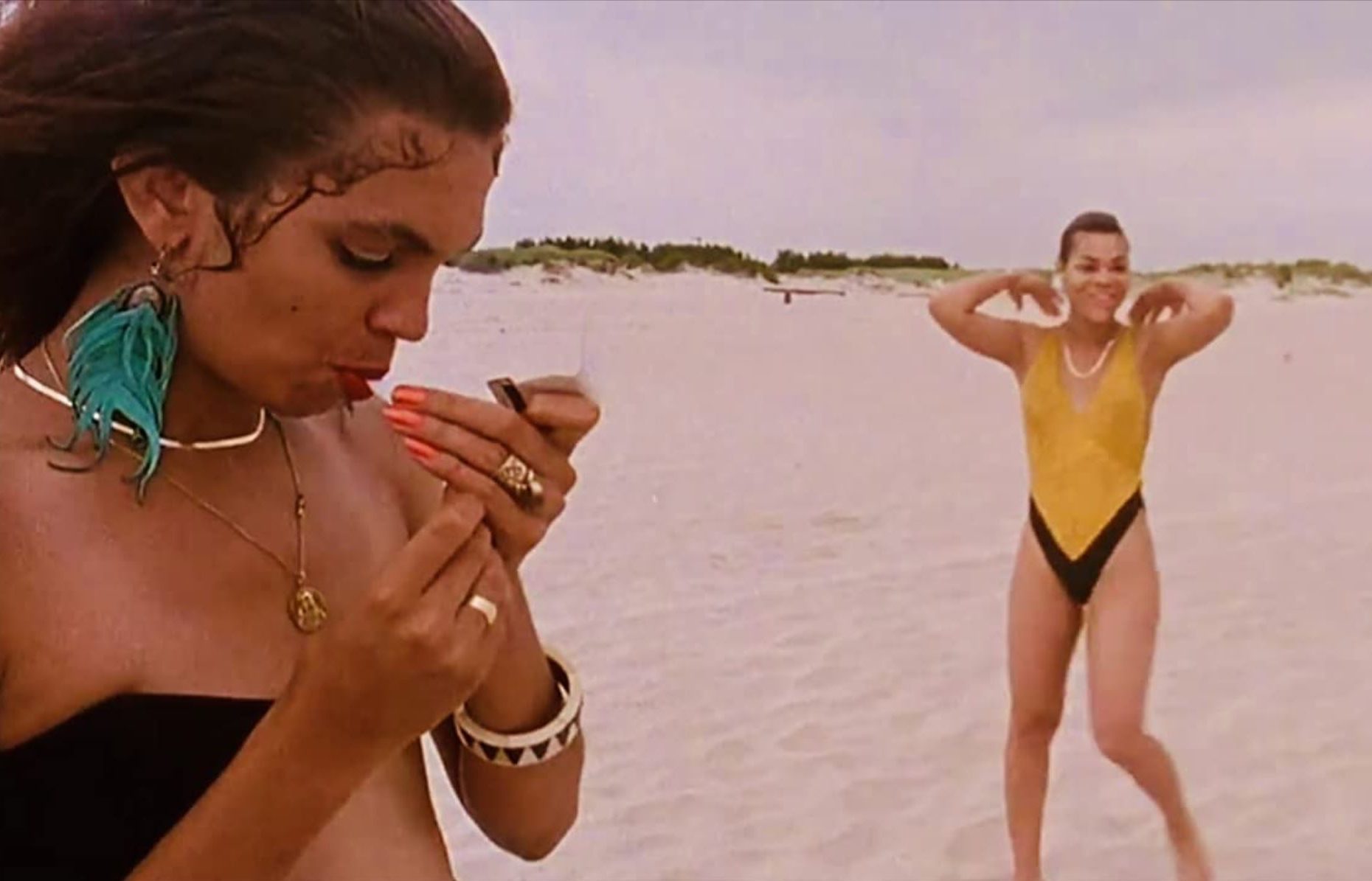Written by Lacey Johnson.
As I wrestled with and attempted to unearth my gender from the ashes of twenty years of socialization towards the feminine, one step that I struggled with at the beginning of my journey was determining what exactly I was not. I know and feel that I am not a woman, that that label no longer fits me, and that it probably hasn’t for some time now. But I still struggle to answer, what is a woman? It is an odd feeling to be divorcing myself from an identity that I cannot fully define or conceptualize in my mind. In the U.S. in 2020, and in the world I was raised in, there is no unified view of womanhood.
How can I know what I am not — who I am not — if I do not know from what I am severing myself?
The schema of a woman is endless and boundless. Women are tall, women have short hair, women attend college, women have penises, women are violent, women have kids, women are homemakers, women are lesbians, women are lawyers, women are masculine, women are quiet. Womanhood is anything, and it is everything. In my privileged social world, the boundaries of womanhood are often invisible in ways that it is not in other social atmospheres. How can I know what I am not — who I am not — if I do not know from what I am severing myself?
Paris is Burning was one of the films that were a major part of my queer awakening. After finding out about it in high school, I watched it over and over, my eyes glued to the screen each time I streamed it. I was disheartened but not shocked to learn, later, of the lack of recognition and compensation for the individuals depicted in the documentary; that the film was a continuation of violence against transgender people of color. What should have been a cause for gentleness and carefulness bestowed on a community overlooked and avoided ended up being another instance of carelessness and hurt.
As a teenager in suburban Baltimore and attending a private high school, my life was worlds away from those I saw on screen, even though we were members of the same community. I was gingerly entering from a starkly different social location.
The documentary depicts the daily lives of Black and Brown trans people, drag queens, and other LGBT community members living in New York City in the late 1980s. There’s a focus on the ballroom culture they fostered as a complex form of affirmation, self-critique, pageantry, and competition. The audience is brought into a world that most Americans were unaware existed at the time. As a teenager in suburban Baltimore and attending a private high school, my life was worlds away from those I saw on screen, even though we were members of the same community. I was gingerly entering from a starkly different social location.
I remember talking about the film with my mother and sister after my multiple viewings. I shared my thoughts on this hidden gem and that more people should watch, learn about, and cherish the people we met briefly on screen. I listened to their views on the film as well. They described it as sad and, at times, hard to watch. I was somewhat baffled at their reaction.
Many of the people captured in Paris is Burning did die young. They battled poverty, housing insecurity, rejection from their biological families, and faced violence at the hands of authorities and civilians alike. But what I saw on screen were people who carried all of that on their backs and still stood up straight. They still lived the lives they wanted to live at any cost. They laughed, cried, and danced as Black, queer, and beautiful people in an epidemic, in the Reagan era, and in a time of fear and uncertainty.
They were not women because they wore makeup or because of an interest in fashion or in being delicate; they were women because they felt it, so potently and so irrevocably.
I learned about womanhood from the transgender women in the film. Even if I did not know it then, I recognize it now, in obvious and blatant retrospect. For the first time in my life, I provided a clear image of what it meant to want to be a woman, what it meant to identify with womanhood so strongly and passionately. They were not women because they wore makeup or because of an interest in fashion or in being delicate; they were women because they felt it, so potently and so irrevocably. They held onto their womanhood for dear life in a way that I never had, not only because my womanhood was rarely under question or under threat, but because I had not wanted to hold onto it. They felt powerful as women. Secure and beautiful. I do not know if I had felt that way about my womanhood for a while.
For me, Paris is Burning was a lesson in identity, gender, and what it means to feel so strongly about it. The transgender women in the film were women, and they did everything they could to affirm that within themselves. They would never let anyone take it away from them. As for me, I would give it up in a heartbeat.
About The Author
Lacey Johnson is an undergraduate student at Howard University pursuing a degree in sociology with a minor in English. They are primarily a writer of short fiction and nonfiction personal essays with an interest in telling stories about and for people who share their intersections. They are based out of Baltimore, Maryland.

